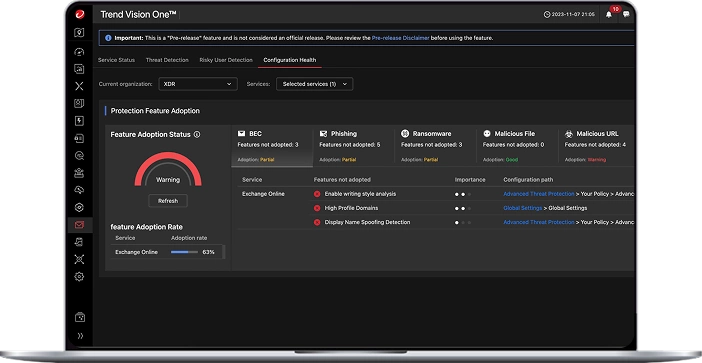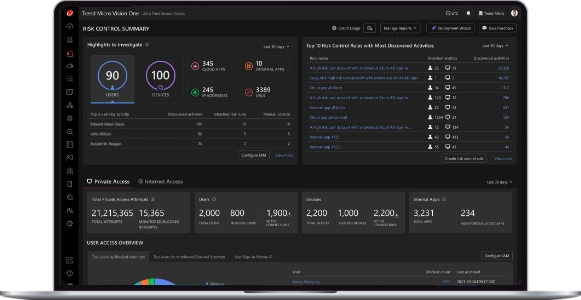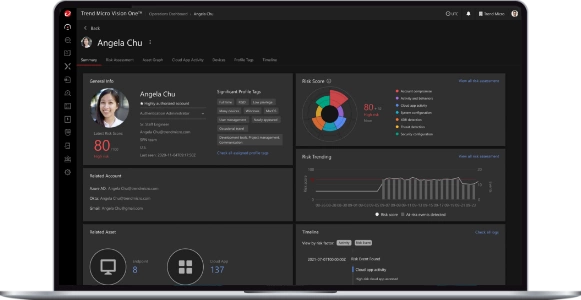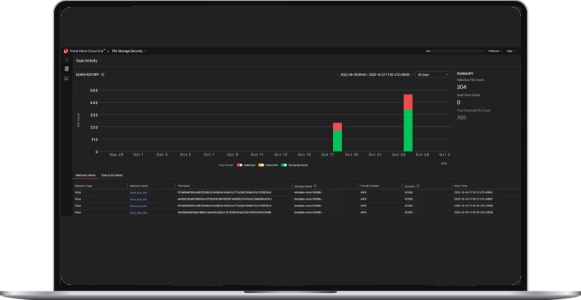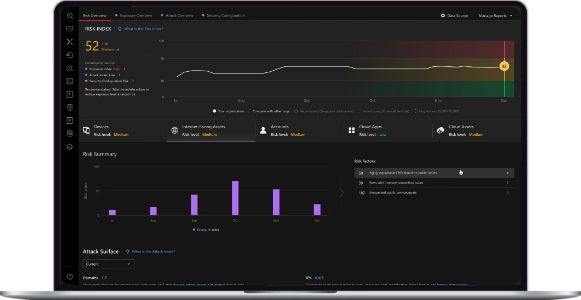Have you ever considered how Advanced Persistent Threats (APTs) like UNC3886 could impact your organization? As cyber threats grow in complexity and intensity, understanding how to defend against them becomes crucial. This article will break down the components of UNC3886 and provide you with actionable strategies to mitigate risks effectively.
This image is property of trendmicro.scene7.com.
Overview of UNC3886
UNC3886 is not just another hacker group; it’s an APT that specifically targets critical infrastructure sectors. This includes industries such as telecommunications, government, technology, and defense. The recent attack in Singapore highlights the evolving nature of their tactics and the pressing need for enhanced security measures in organizations worldwide.
What Sets UNC3886 Apart?
While many cybercriminals launch opportunistic attacks, UNC3886 operates methodically, leveraging sophisticated techniques and tools. Their strategic approach focuses on entry points that many organizations may overlook, making it imperative for you to stay ahead of these threats.
Exploitation Focus
One of the most alarming aspects of UNC3886 is their rapid exploitation of zero-day vulnerabilities. But what exactly are these vulnerabilities, and why should they concern you?
Understanding Zero-Day Vulnerabilities
A zero-day vulnerability is a flaw in software or hardware that is unknown to the vendor. This means there is no immediate fix available, leaving your systems exposed. UNC3886 particularly targets network and virtualization devices, including VMware vCenter/ESXi, Fortinet FortiOS, and Juniper Junos OS.
Recent Targeted Exploitation
The group’s recent activities include exploiting these vulnerabilities before patches can be applied, which puts additional pressure on security teams. For you, this means continuously monitoring the solutions you depend on and being prepared for updates, as well as considering contingency plans in the event of an attack.
This image is property of trendmicro.scene7.com.
Toolsets Utilized
Understanding the tools that UNC3886 employs can significantly enhance your ability to defend against their tactics. Let’s take a closer look at some notable tools used by UNC3886.
TinyShell: A Covert Remote Access Tool
TinyShell is designed for stealth, allowing unauthorized remote access to systems. Imagine attackers being able to navigate your network without detection; this is what TinyShell facilitates.
Reptile: A Stealthy Linux Rootkit
Reptile is engineered to operate invisibly on Linux systems. Its purpose is to maintain long-duration access to infected networks without being identified. For you, this reinforces the importance of advanced monitoring solutions that can detect anomalous behavior of applications running on your systems.
Medusa: A Multifunctional Tool for Persistence and Evasion
Medusa integrates multiple capabilities that help attackers remain undetected while re-establishing access to compromised systems. Understanding how such multi-tool kits work can help you create more robust security measures.
Tactics for Defense
UNC3886’s layered persistence and advanced defense evasion techniques present significant challenges. But by knowing their strategies, you can bolster your defenses.
Deployment of Rootkits
Rootkits allow malicious actors to alter your systems at a fundamental level. They can mask their presence and make recovery efforts nearly impossible. You should consider routine audits of your system integrity and utilize rootkit detection tools to safeguard against this tactic.
Living-off-the-Land Tactics
These tactics mean that attackers use existing administrative tools within your systems to carry out malicious activities. It’s like a burglar using your own keys to enter your home. To combat this, you can enhance user activity monitoring and establish a system of alerts for unusual access patterns.
Backdooring and Replacing Core System Binaries
One of the most insidious tactics provided by UNC3886 is the backdooring or replacing of essential system binaries. When legitimate operating procedures are hijacked, the damage can be catastrophic. Therefore, keeping regular backups and ensuring your software is consistently validated against trusted sources is vital.
This image is property of trendmicro.scene7.com.
Reinforcing Your Security Strategy
Having a robust security strategy doesn’t just happen overnight. Here are some practical steps you can take to strengthen your defenses against threats like UNC3886.
Segment Your Network
By segmenting your network, you reduce the attack surface. This limits the damage a threat actor can cause if they gain access to a portion of your network. Create zones that provide access to only what is necessary for users.
| Network Segment | Purpose |
|---|---|
| Public Segment | Web servers and DMZs |
| Internal Segment | User workstations |
| Restricted Segment | Sensitive data storage |
This table illustrates how you can effectively categorize different areas of your network to enhance security.
Regular Patching and Updating
Ensure that your systems and applications are consistently patched and updated. This minimizes the risk of exploiting known vulnerabilities. Develop a patch management program that includes an assessment of the critical systems to prioritize.
Implement Multi-Factor Authentication
Multi-factor authentication (MFA) adds an extra layer of security, making it much harder for unauthorized users to gain access. Encourage the use of MFA across your organization for all critical systems and applications.
Conduct Penetration Testing
Regular penetration testing can help identify vulnerabilities before attackers do. These tests simulate an attack on your network and can reveal gaps in your security posture.
Staff Training and Awareness Programs
You’ll find that many breaches result from human factors—such as phishing attacks. Investing in regular training programs for your employees can build a security-aware culture that proactively identifies and mitigates risks.
Preparing for Incident Response
No matter how robust your security measures are, it’s vital to have an incident response plan in place. This plan should enable you to respond quickly and effectively should an attack occur.
Develop an Incident Response Team
Assign individuals to specific roles in case of an incident—this can include initial response, investigation, and communication roles, among others. A clear division of responsibilities facilitates a more organized response to incidents.
Create Incident Response Protocols
Define clear procedures for how to react to various types of incidents. This might include isolating affected systems, securing evidence, and communicating with affected parties.
Regularly Review and Update the Plan
Your incident response plan should evolve. Regularly review it to incorporate lessons learned from exercises and past incidents. Schedule biannual drills to ensure that your team is familiar and comfortable with the response protocols.
This image is property of trendmicro.scene7.com.
Staying Informed on Threat Intelligence
Staying aware of the current cyber threat landscape is vital for maintaining a strong security posture.
Leverage Threat Intelligence Platforms
Consider using threat intelligence platforms that aggregate data from various sources. These tools can inform you about emerging threats and potential vulnerabilities that could impact your organization.
Follow Industry Trends and Reports
Many organizations publish annual reports detailing observed trends in cybersecurity. Keeping an eye on these publications will help you anticipate where your efforts should be directed.
Engage with Security Communities
Participating in security forums and communities can provide valuable insights. You can learn best practices, find out about new defenses, and share experiences with peers.
Conclusion: Proactively Enhancing Your Defense
Defending against sophisticated threats like UNC3886 requires a proactive and layered approach. By staying informed, utilizing advanced technologies, and regularly revising your threat assessment and response protocols, you can significantly enhance your security posture.
Remember, the landscape of cyber threats is evolving rapidly, and being prepared is the best defense. Take the first steps today to strengthen your organization against potential attacks. Your proactive measures will help ensure the integrity and security of your critical infrastructure.
This image is property of trendmicro.scene7.com.
